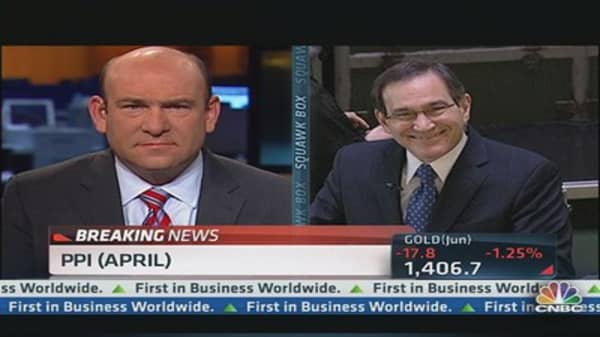U.S. producer prices recorded their largest drop in three years in April while a reading of manufacturing in New York indicated contraction.
Producer prices slid as gasoline and food costs tumbled, pointing to weak inflation pressures that should give the Federal Reserve latitude to keep monetary policy very accommodative.
The Labor Department said on Wednesday its seasonally adjusted producer price index fell 0.7 percent last month, the biggest decline since February 2010. Wholesale prices had dropped 0.6 percent in March.
A Reuters survey of economists had forecast prices received by the nation's farms, factories and refineries dropping 0.6 percent last month.
In the 12 months through April, wholesale prices were up only 0.6 percent, the smallest increase since July last year. Prices had increased 1.1 percent in March.
Underscoring the tame inflation environment, wholesale prices excluding volatile food and energy costs nudged up 0.1 percent, the smallest increase since November. The so-called core PPI had risen 0.2 percent in each of the previous four months.
In the 12 months through April, core PPI advanced 1.7 percent after rising by the same margin in March.
The report was the latest suggestion that disinflation was starting to creep in against the backdrop of lackluster domestic and global demand.




